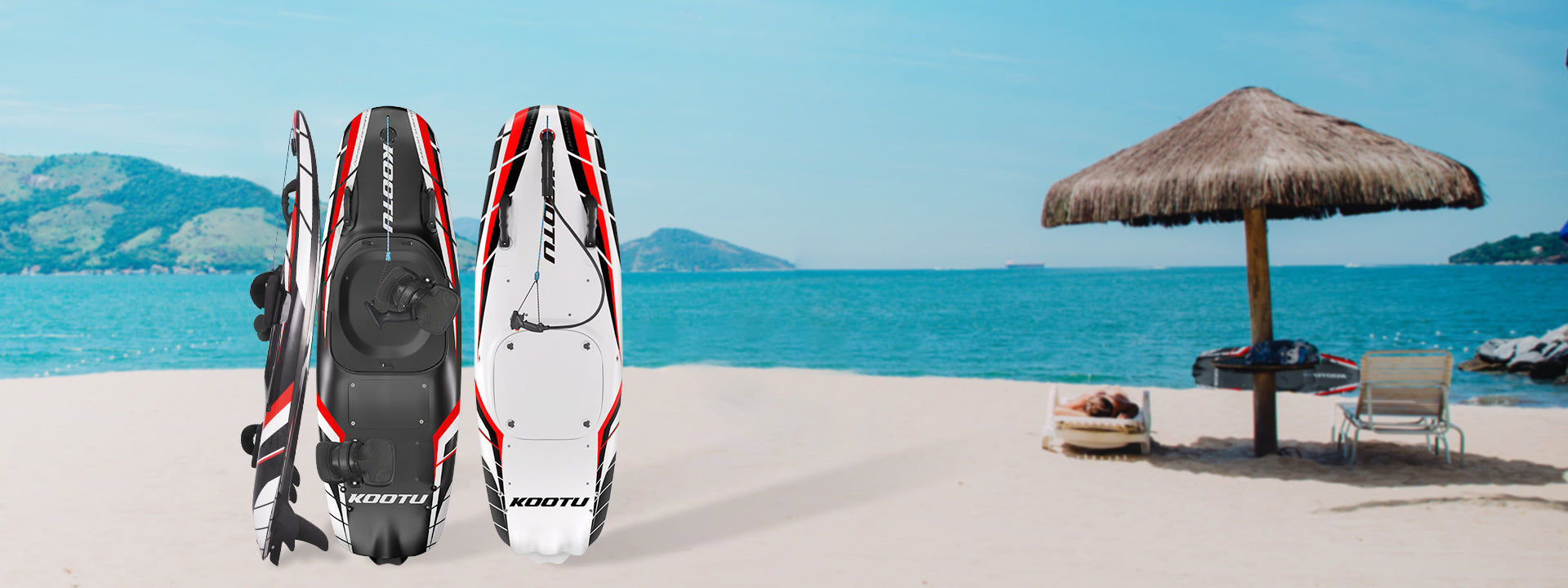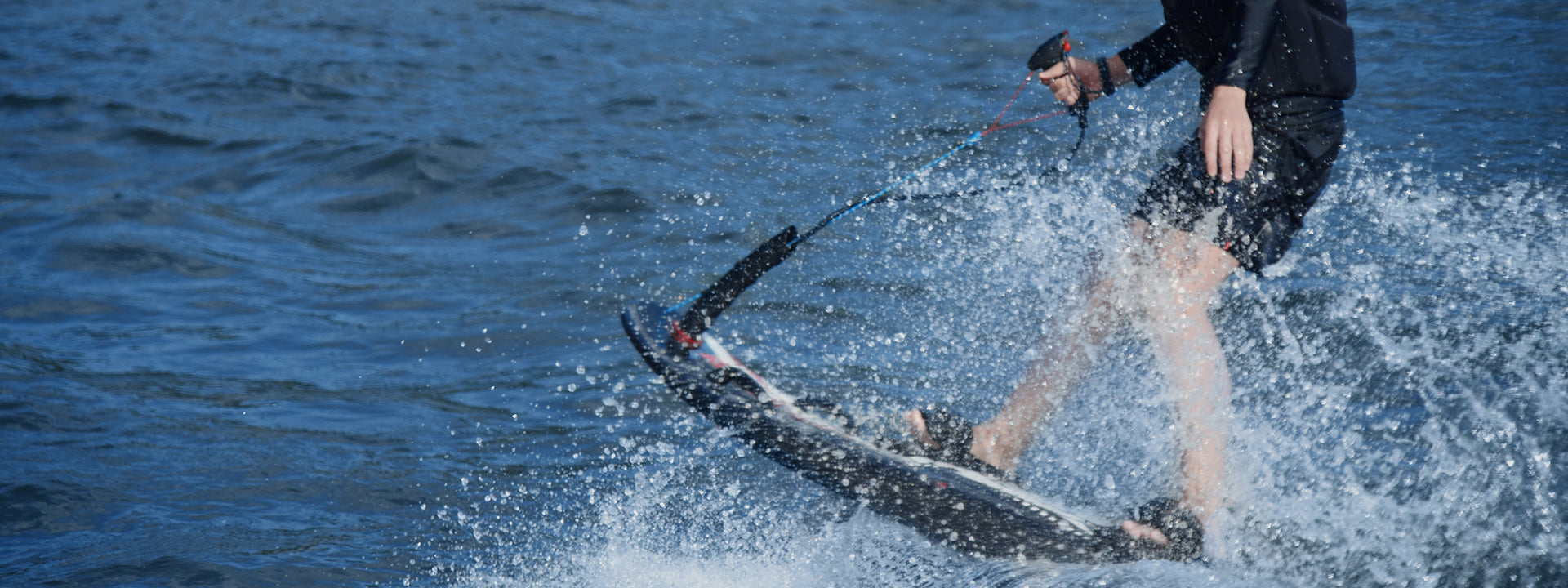5 Essential Safety Tips for Riding a Gas-Powered Surfboard
If you're ready to experience the thrill of gliding over waves with power and speed, a gas-powered surfboard offers an unforgettable ride. But with great power comes great responsibility—especially when you're handling fuel, speed, and open water. To help you enjoy your ride safely and extend the life of your board, here are five essential usage tips every rider should follow.

1. Always Wear a Life Jacket
This may sound obvious, but it’s worth repeating: a life jacket is not optional. It’s essential. Even experienced swimmers and surfers can encounter unpredictable water conditions or sudden equipment failure. A gas-powered surfboard can reach high speeds, and a fall could leave you disoriented. Wearing a certified life jacket ensures you stay afloat and safe while waiting for assistance or getting back on the board.
2. Launch Only in Water At Least 80 cm Deep
Before starting your engine, make sure the water depth is no less than 80 centimeters—approximately up to your upper thighs. Shallow waters pose a risk of damaging the propeller or the board’s bottom. Launching or riding in too-shallow areas could also stir up sand and debris that may clog the cooling system, leading to overheating or mechanical failure.
3. Avoid Floating Debris and Water Hazards
Gas-powered surfboards travel fast, and hitting a floating log, plastic waste, or seaweed patch can cause more than just inconvenience—it can damage your propeller or even cause a crash. Always scan the water ahead and avoid areas with visible debris or surface clutter. Staying alert helps prevent injury and keeps your board in top condition.
4. Stop the Engine Immediately if You Notice Propeller Irregularities
If your board feels sluggish, noisy, or unstable—especially from the rear end—it could be due to propeller malfunction or entanglement. Don’t ignore the signs. Stop the engine right away and inspect the underside for rope, seaweed, or damaged parts. Continuing to run the motor with a faulty propeller can cause further internal damage and increase the risk of breakdown or accidents.
5. Never Lie Flat on the Board for Long Periods
Lying flat on your surfboard for too long, especially when stationary, can cause a serious problem: water intake into the engine compartment. When the board is pressed down in water for extended periods, the water inflow may exceed the board’s ability to drain it, causing internal flooding. This can lead to engine stalling and long-term damage to internal components. If your board takes on water, drain it immediately to avoid corrosion and electrical issues.
Final Thoughts
Gas-powered surfboards are exciting, powerful, and addictive—but like any motorized watercraft, safety and maintenance are key to a great experience. By following these five practical tips, you’ll reduce the risk of accidents, protect your equipment, and enjoy every ride to the fullest.













